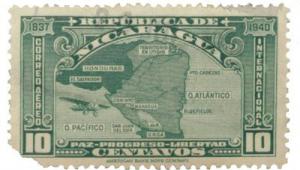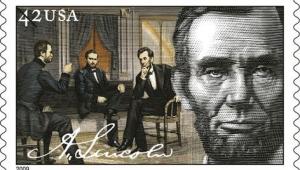Korea change

The 10-mon red from Korea's first issue
An encounter with the first series of postage stamps from Korea can be a puzzling one for collectors. Although five values were planned for the 1884 issue, only the two lowest values are recognised in catalogues.
Why? The explanation for this strange anomaly lies in the turbulent history of the country, and a piece of very unfortunate timing.
In the late 19th century, Korea was so enclosed that it became known as the Hermit Kingdom. Ebbing and flowing within its boundaries was a battle for influence between the Chinese and Japanese.
From 1880 the Chinese were predominant, strongly supported by King Kojong and Queen Min. Traditionalism prevailed, and pro-western factions were repressed, although modernisers did manage to convince the authorities to institute a postal service.
On March 27, 1884, Hong Yong Sik was appointed Postmaster General. He immediately commissioned the first series of five postage stamps, from the Stamp Bureau at the Ministry of Finance in Tokyo, for the start of the service on December 4.
The two lowest values, the 5-mon red and the 10-mon blue, were the first to arrive from the printers. A few examples slipped out before the official release date, and can be found cancelled in late November and early December.
But on the official day of issue, when the country should have been celebrating the advent of its new postal service, it erupted instead into armed conflict. The reformists, backed by Japanese and western influences, staged a bloody coup d’état. The King was temporarily seized and many officials were murdered, including the hapless Postmaster General himself.
The central post office in Seoul was ransacked and burnt to the ground. The few western observers recorded how sheets of the new stamps were thrown into the street and set on fire. Although the regime survived, the whole idea of using postage stamps was quietly forgotten.
Of course, the three highest values of 25m, 50m and 100m had not yet arrived from the printers in Tokyo, so they never achieved valid postal status (although some were used at a later date for customs, shipping and taxation roles).
It would be more than a decade before postage stamps would make a reappearance, leaving the two issued stamps of 1884 as still-born reminders of a very turbulent period.












